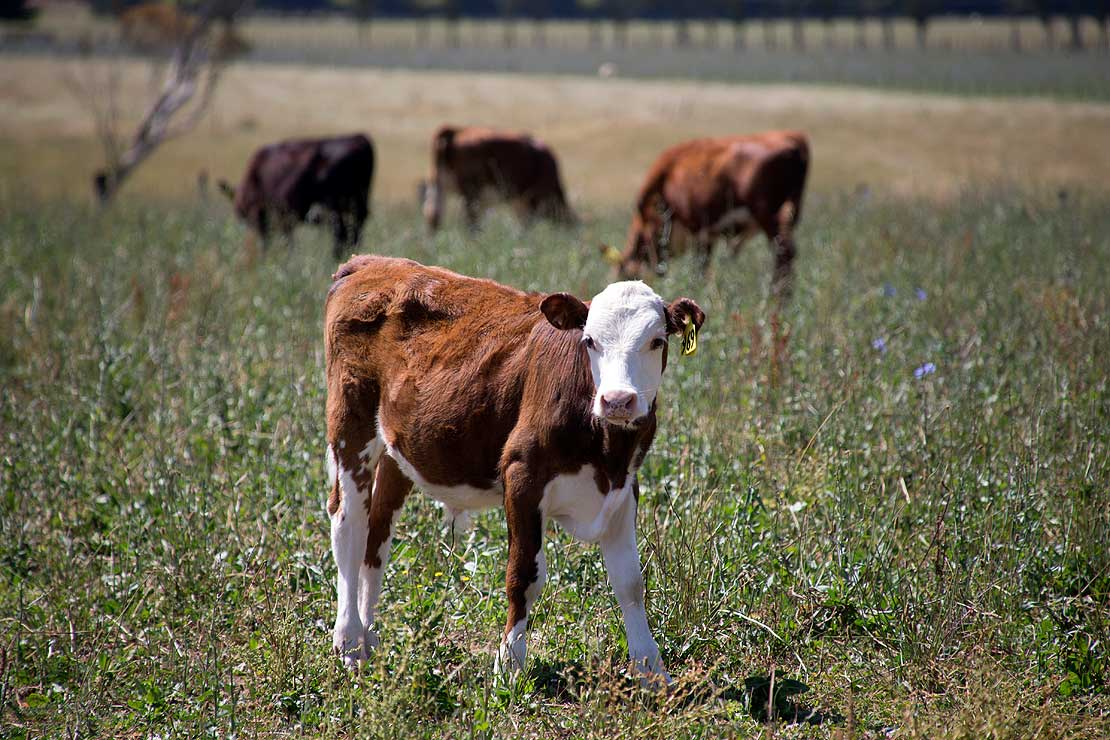 New Generation Beef Project
New Generation Beef Project
A prevalent issue faced by the New Zealand dairy and meat industries is the controversial practice of slaughtering bobby calves, a by-product from the dairy industry with over 2.3 million calves processed annually. Slaughtering of bobby calves has come under increased public scrutiny for welfare concerns and in future could have adverse implications for market access. Currently, non-replacement calves transferred to beef production systems is mostly limited to Friesian bulls that are finished as
“manufacturing beef’. These systems can take up to three years for an animal to reach target slaughter weights, due to market carcass classification requirements. Kiwi and Jersey calves currently have limited use in beef production and are a key contributor to the bobby calf trade. It is proposed that these calves could be used to·develop a new class of beef from dairy-cross cattle slaughtered before one- year of age. New Generation Beef offers a significant opportunity for greater collaboration between the dairy and beef sectors through developing an integrated supply chain. As a post-graduate student, I will be involved in the Massey University research programme for New Generation Beef. In order to develop a new production system, further knowledge of carcass and meat quality attributes from cattle slaughtered at younger ages is required, to be able to assign value to carcasses for both producers and meat processors. The study aims to assess growth paths, identify the carcass weights achievable at slaughter age, and determine the impact age has on carcass and meat quality traits. A group of 80 male calves will be obtained at weaning and managed at Massey University’s Keeble Farm. At 8, 10, 12 or 18 months of age the heaviest 20 animals will be slaughtered. Carcass and meat quality attributes such as weight, colour and collagen solubility will be measured. A consumer sensory panel will be used to understand the acceptability for tenderness and flavour. There is also the potential for a new carcass classification and payment system to be developed. Currently, there is no classification system for smaller carcasses from younger animals, resulting in young beef animals generating low returns for farmers, due to them being considered as “underweight”. For meat processors, slaughtering animals before one year of age may also offer benefits for meat quality attributes such as improved tenderness, which could be captured within a new carcass classification system. The New Generation Beef production system could offer a number of further benefits for the meat industry. Animal welfare concerns associated with transporting and slaughtering very young bobby calves would be minimised by taking advantage of an unutilised product from the dairy industry. With environmental considerations of increasing concern for the meat industry, New Generation Beef could also offer a strategy for reducing the environmental footprint of meat production. As animals are on-farm for less than a year, there is potential for reduction in nutrient losses and greenhouse gas emissions from farm systems. These attributes are not only advantageous for producers, but for processors targeting consumers concerned about the environment and animal welfare too. The use of younger animals is also beneficial for producers due to greater feed efficiency, and slaughtering animals before their first winter could reduce stock units wintered when feed supply is tight. New Generation Beef provides a valuable opportunity the meat industry to develop a new production system, which improves animal welfare and environmental considerations on- farm whilst creating a product for the environmentally and welfare conscious consumer.












